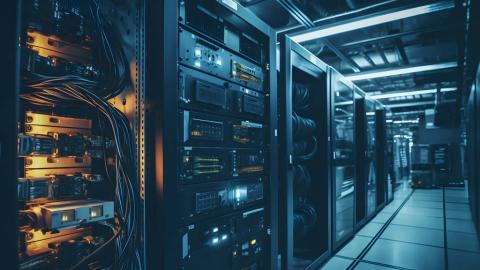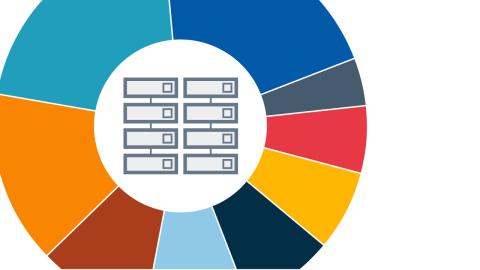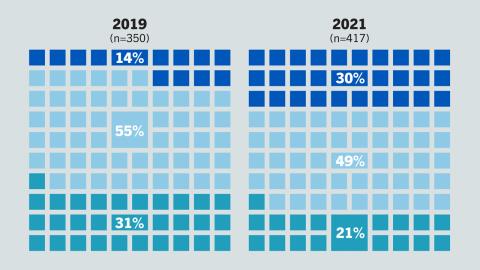Standard IT hardware was a boon for data centers: for almost two decades, mainstream servers have had relatively constant power and cooling requirements. This technical stability moored the planning and design of facilities (for both new builds and…

Jacqueline Davis
Jacqueline is a Research Analyst at Uptime Institute covering global trends and technologies that underpin critical digital infrastructure. Her background includes environmental monitoring and data interpretation in the environmental compliance and health and safety fields.
jdavis@uptimeinstitute.com
Latest Research
Uptime Institute Intelligence looks beyond some of the more obvious trends of 2023 — that the sector continues to expand and innovate while facing stricter regulatory requirements — and identifies some challenging issues.
The US Space Weather Prediction Center (SWPC) issued multiple geomagnetic storm watches throughout August and September 2022. Geomagnetic storms occur when solar storms interact with the Earth’s atmosphere and magnetic field, risking disruption to…
The Uptime Institute Global Data Center Survey is the most comprehensive of its kind. The findings reveal the experiences of data center operators in the areas of performance, resiliency, efficiency and sustainability.
To date, many data center operators have overlooked electromagnetic pulse (EMP) in their risk assessments. This report summarizes the types and effects of EMP, and offers recommendations to assist operators in assessing this risk.
Reduced latency and bandwidth are top drivers for edge data centers, with the internet of things and artificial intelligence being the most important applications.
Shifts in business expectations and technical requirements are moving data center operators towards direct liquid cooling. There are hurdles to overcome, but many in the industry expect this evolution to be just a matter of time.
Direct liquid cooling (DLC) delivers operational savings and sustainability benefits, yet its adoption is fringe. Most data center operators predict a substantial increase in use within five years, particularly for cold plate systems. However,…
Uptime Institute’s data on power usage effectiveness (PUE) is a testament to the progress the data center industry has made in energy efficiency over the past 10 years. However, global average PUEs have been largely stalling at close to 1.6 since…
Once-through water heat rejection systems, also known as once-through cooling systems, are energy and water efficient. This report explores different designs and provides real-world case studies of colocation providers using them.
Air cooling dominates the modern data center, and in defiance of forecasts, direct liquid cooling (DLC) remains a niche technology. If DLC overcomes barriers to adoption, when can we expect it to overtake air cooling?
As the data center sector increases its focus on becoming more environmentally sustainable, regulators still have a part to play — the question is to what extent? In a recent Uptime Institute survey of nearly 400 data center operators and suppliers…
The power usage effectiveness (PUE) metric is predominant thanks to its universal applicability and its simplicity: energy used by the entire data center, divided by energy used by the IT equipment. However, its simplicity could limit its future…
The survey finds spending on data centers is growing; forecasting capacity is the largest operator challenge; and the use of lithium-ion batteries and other technologies is more common.
The COVID-19 pandemic stressed the supply chain for data center equipment and construction. Many expect shortages to persist, driven by the ongoing pandemic and additional challenges. In the event of future supply chain problems, what will data…













